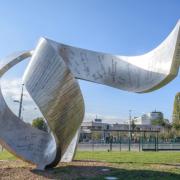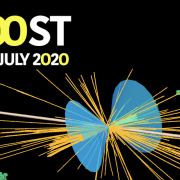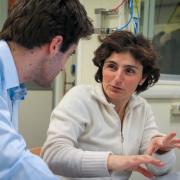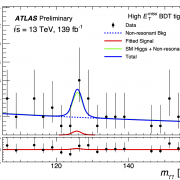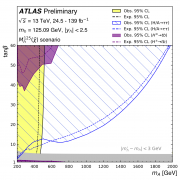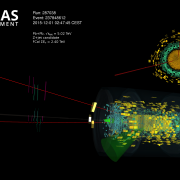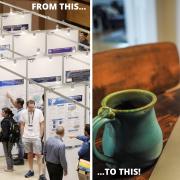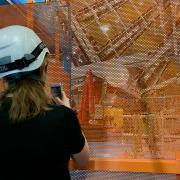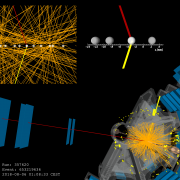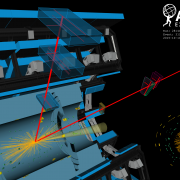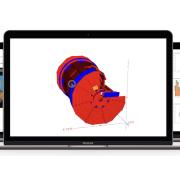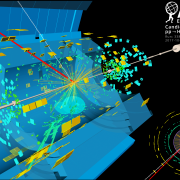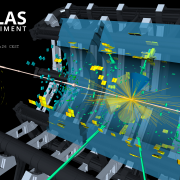Access to Collaboration Site and Physics Results

Highlights from LHCP2018
– Physicists from around the globe assembled this week at the Centre Domenico in Bologna, Italy, the site of Europe’s oldest university, to attend the sixth annual conference on Large Hadron Collider Physics (LHCP2018). The 425 participants enjoyed picturesque architecture, world-renowned cuisine, and a full menu of recent physics results from the LHC. A sample platter of a few of the tasty morsels is presented.Read more →
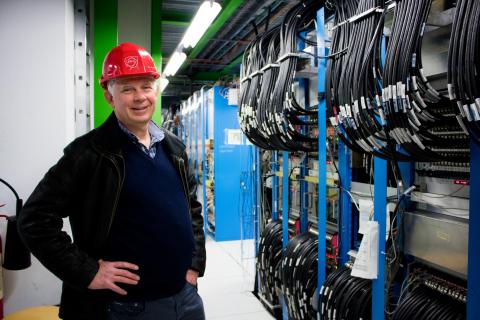
In conversation with Nick Ellis, one of the architects of the ATLAS trigger
– A long-standing member of the ATLAS Collaboration, CERN physicist Nick Ellis was one of the original architects of the ATLAS Trigger. Working in the 1980s and 1990s, Nick led groups developing innovative ways to move and process huge quantities of data for the next generation of colliders. It was a challenge some thought was impossible to meet. Nick currently leads the CERN ATLAS Trigger and Data Acquisition Group and shared his wealth of experience as a key part of the ATLAS Collaboration.Read more →
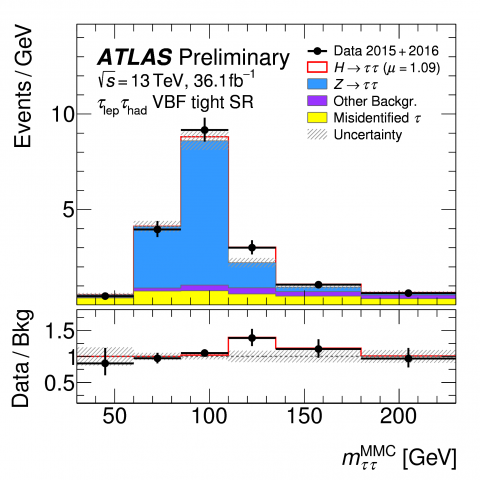
Beyond any doubt: Higgs boson couples to the heaviest lepton
– A decisive property of the Higgs boson is its affinity to mass. The heavier a particle is, the stronger the Higgs boson will couple to it. While physicists have firmly established this property for heavy W and Z bosons (force carriers), more data are needed to measure the Higgs boson coupling to the heavy fermions (matter particles). These interactions, known as Yukawa couplings, are very interesting as they proceed through a quite different mechanism than the coupling to force-carrying bosons in the Standard Model.Read more →

Catching hadronic vector boson decays with a finer net
– Many theoretical models predict that new physics, which could provide answers to these questions, could manifest itself as yet-undiscovered massive particles. These include massive new particles that would decay to much lighter high-momentum electroweak bosons (W and Z). These in turn decay, and the most common signature would be pairs of highly collimated bundles of particles, known as jets.Read more →

ATLAS observes direct interaction of Higgs boson with top quark
– The ATLAS Collaboration at CERN has announced the observation of Higgs bosons produced together with a top-quark pair. Observing this extremely rare process is a significant milestone for the field of High-Energy Physics. It allows physicists to test critical parameters of the Higgs mechanism in the Standard Model of particle physics.Read more →

New ATLAS result establishes production of Higgs boson in association with top quarks
– According to the Standard Model, quarks, charged leptons, and W and Z bosons obtain their mass through interactions with the Higgs field, whose fluctuation gives rise to the Higgs boson. To test this theory, ATLAS takes high-precision measurements of the interactions between the Higgs boson and these particles. While experiments had observed and measured the Higgs boson decaying to pairs of W or Z bosons, photons or tau leptons, the Higgs coupling to quarks had – until now – not been observed.Read more →

The edge of SUSY
– The ATLAS experiment has just completed a new search for evidence of supersymmetry (SUSY), a theory that predicts the existence of new “super-partner” particles, with different properties from their Standard Model counterparts. This search looks for SUSY particles decaying to produce two leptons and scrutinises the invariant mass distribution of these leptons, hoping to find a bump.Read more →

Noble collisions give new insights on heavy ion systems
– In October 2017, the ATLAS experiment recorded collisions of xenon nuclei for the first time. While massive compared to a proton, xenon nuclei are smaller than the lead ions typically collided in the LHC. The xenon-xenon collision data, combined with previous results from the analysis of lead-lead collisions, provide the first opportunity to examine heavy ion collisions in a system that is distinctly smaller in size. This allows physicists to study in detail the role of the collision geometry for observables often associated with the quark-gluon plasma.Read more →
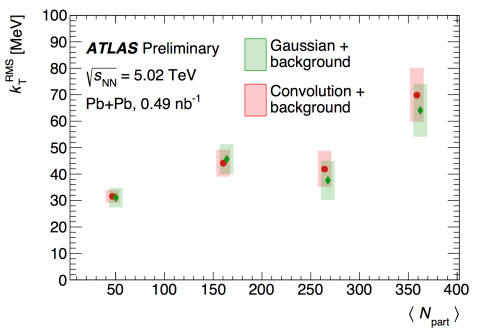
ATLAS studies the quark-gluon plasma using muon pairs produced by two photons
– Heavy ion collisions at the Large Hadron Collider (LHC) form a hot, dense medium called the quark-gluon plasma (QGP), in which the primary constituents are thought to be quarks and gluons produced in the initial interactions of the nuclei. Besides typical heavy ion collisions, where the nucleons in the colliding nuclei undergo multiple strong interactions with each other, there is also a class of “ultraperipheral” collisions. In these collisions, the nuclei are far enough apart to miss each other, but the surrounding electromagnetic field of one nucleus is able to interact both with the other nucleus (“photonuclear” interactions) and with the other electromagnetic field (“photon-photon” interactions).Read more →
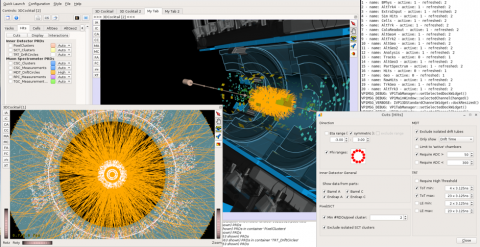
Waiting for physics: Stable beams!
– Following the first “beam splash” tests in early-April, the ATLAS experiment awaited the next milestone on the road to data-taking: "stable beams". This is when the LHC proton beams are aligned, squeezed, focused and finally steered to collide head-to-head. It is an important test, as it allows us to verify that the collision mechanism is ready to take data that are good for physics studies.Read more →


